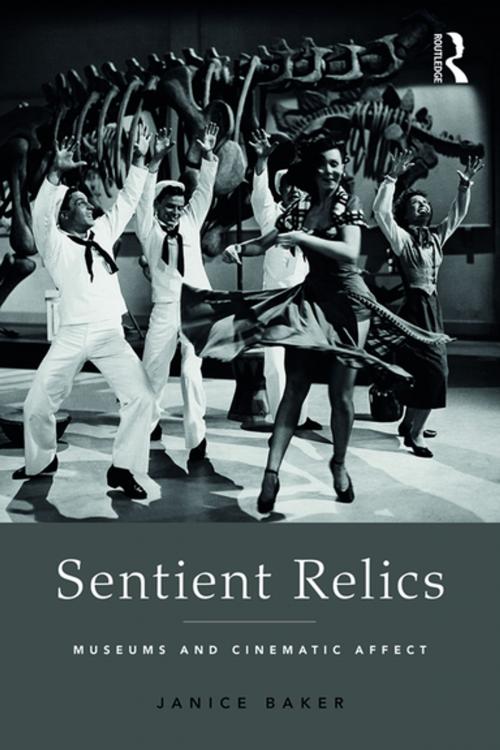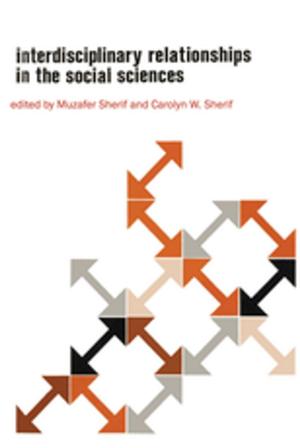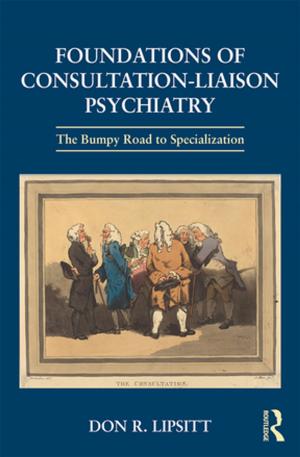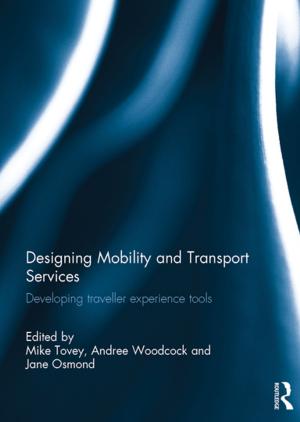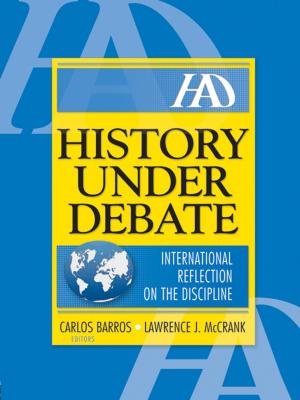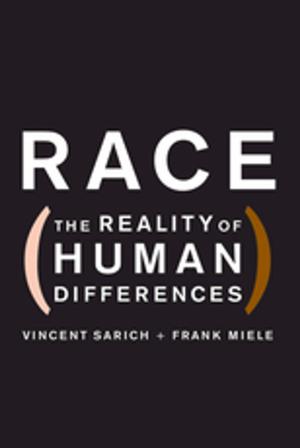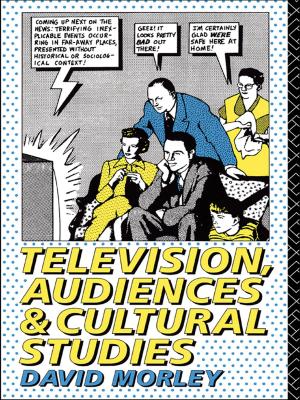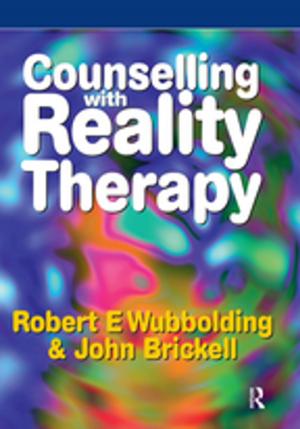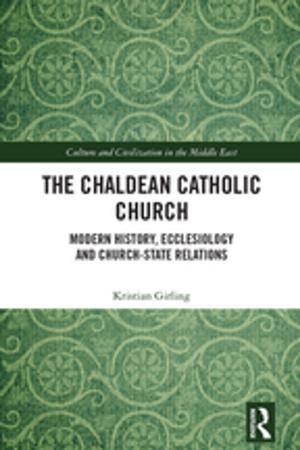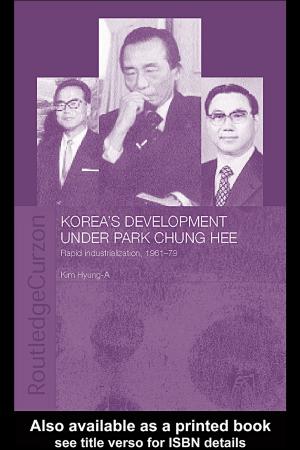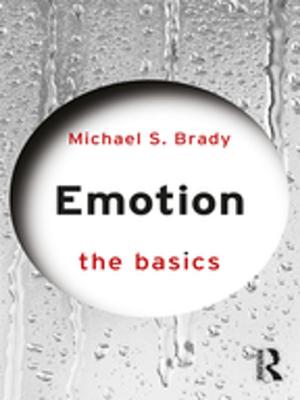Sentient Relics
Museums and Cinematic Affect
Nonfiction, Reference & Language, Language Arts, Library & Information Services| Author: | Janice Baker | ISBN: | 9781317057123 |
| Publisher: | Taylor and Francis | Publication: | August 25, 2016 |
| Imprint: | Routledge | Language: | English |
| Author: | Janice Baker |
| ISBN: | 9781317057123 |
| Publisher: | Taylor and Francis |
| Publication: | August 25, 2016 |
| Imprint: | Routledge |
| Language: | English |
Sentient Relics explores museums through cinema and challenges the dominant focus of museum theory as an inclusion–exclusion debate. The author responds to the Enlightenment, ‘rational’ museum of reason contrasting this with the museum of affect and reveals these ‘two museums’ operating alongside one another in a productive paradox. In structuralist-orientated museum theory the affective realm is often subsumed within the imperatives of Marxist theory and practice, identity politics, semiology and psychoanalysis. Sentient Relics, while valuing the insights of ideologically focused meaning-making, turns to the capacity of the affective realm of experience to transform the passive subject and object relation. The author uses museum encounters and cinematic affect to engage with problems of difference, temporality, emotion and the sublime. In so doing the book advances research in museum studies by demonstrating what is at stake in pragmatically working toward a deeper understanding of the museum socially, culturally and philosophically.
Sentient Relics explores museums through cinema and challenges the dominant focus of museum theory as an inclusion–exclusion debate. The author responds to the Enlightenment, ‘rational’ museum of reason contrasting this with the museum of affect and reveals these ‘two museums’ operating alongside one another in a productive paradox. In structuralist-orientated museum theory the affective realm is often subsumed within the imperatives of Marxist theory and practice, identity politics, semiology and psychoanalysis. Sentient Relics, while valuing the insights of ideologically focused meaning-making, turns to the capacity of the affective realm of experience to transform the passive subject and object relation. The author uses museum encounters and cinematic affect to engage with problems of difference, temporality, emotion and the sublime. In so doing the book advances research in museum studies by demonstrating what is at stake in pragmatically working toward a deeper understanding of the museum socially, culturally and philosophically.
